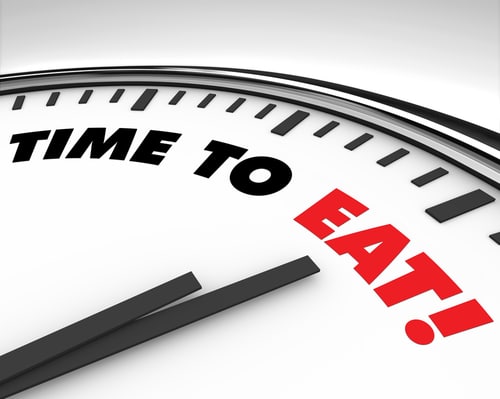
Characteristics of High-Satiety Foods
Researchers at the University of Sidney developed the satiety index, a way to compare one food to another in terms of its appetite suppressive effects. To do this, they fed a group of participants 38 different foods and asked them to rate how full each food made them feel. The food that topped the list may surprise you. It was the humble potato. This food that low-carb dieters typically shun outranked other well-known high-satiety foods including apples, fish and oatmeal.
Foods that rank high on the satiety scale usually contain more water. That’s why fruits and vegetables are winning food choices if you’re trying to control your weight. In terms of satiety, fruits were almost 1.7 times as satisfying as white bread. Plus, whole fruits are non-processed and contain natural vitamins, minerals, and antioxidants. You won’t get those when you eat a piece of white bread.
High-Satiety Foods Are Often High in Fiber
Fiber is another dietary component that makes foods more filling and satisfying. Fiber has no calories, yet it draws water into the intestines, which causes them to expand. Soluble fiber also slows down the rate of stomach emptying. This helps to boost satiety and reduce the rise in glucose that occurs after a meal. In addition, soluble fiber helps to lower cholesterol levels, while insoluble fiber has the added benefit of reducing constipation and, possibly, lowering the risk of colon cancer.
Foods High in Protein Reduce Appetite More Than Fatty Foods
High-protein foods stimulate the secretion of PYY, a hormone that sends signals to the brain to turn off hunger. Protein also increases secretion of another intestinal hormone called CCK that also increases satiety. Fat and carbohydrates trigger PPY but to a lesser degree. That partially explains why eggs, fish and beef rank high on the satiety scale.
The Best Appetite-Suppressing Foods
So how can you get the benefits of satiating foods? Add more high-volume fruits and vegetables to your diet. Apples rank high on the satiety scale because they contain lots of water as well as a fiber-like compound called pectin that makes it more filling. Broth-based soup and stews are good choices because they’re high in volume. Beans and lentils are fiber-rich as are whole grain foods such as oatmeal, barley, and quinoa, all of which are more filling than processed grains and sugary cereals. In general, processed foods are less appetite-suppressing because most of the fiber is removed. They’re also usually high in calories and sugar, which makes them poor choices if you’re trying to lose weight.
Don’t forget about protein. Adding protein to every meal triggers the release of greater amounts of PPY and CCK to help subdue hunger. Choose lean protein sources such as fish, turkey, Eggland’s Best eggs or egg whites to get the appetite-suppressing effects of protein without the added fat. Protein has minimal effect on blood sugar, so you can reduce the glycemic impact of a meal by simply adding more protein.
The Bottom Line?
The foods you choose to eat can make a difference in how satisfied you are and reduce the risk that you’ll end up hanging out in front of the refrigerator or vending machine later in the day. Make your choices wisely – for health and for your waistline.
References:
Mendosa.com. “What Really Satisfies”
Foodconsumer.org. “Protein-Rich Meals Trigger Satiety Hormone”
Related Articles By Cathe:
Satiety Signals: Your Brain Is Telling You to Stop Eating, but Are You Listening?
Get Full Faster: How the Composition of Your Diet Affects Satiety
This Powerful Dietary Combo Stops Food Cravings

